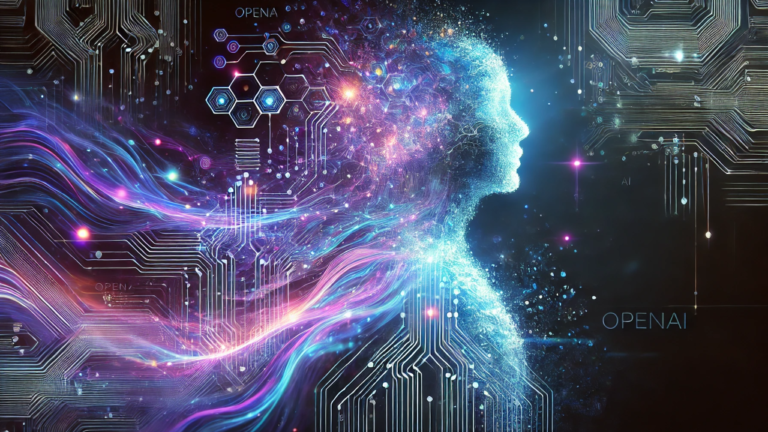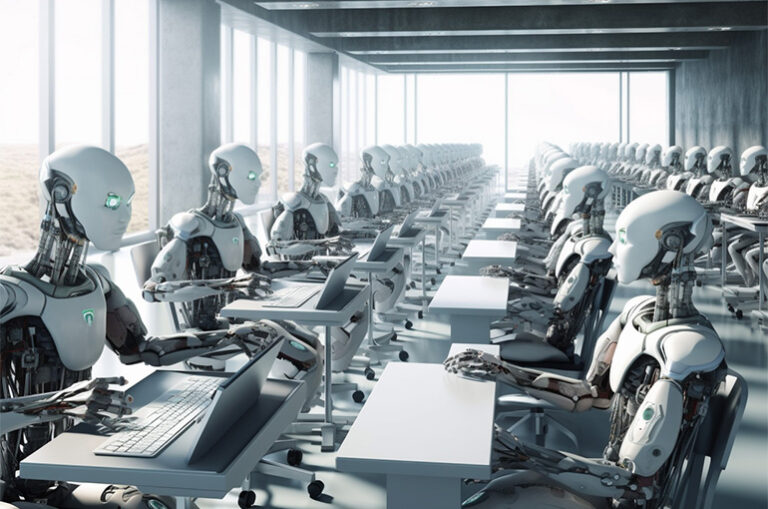
The Internet of Things (IoT) has evolved far beyond its initial applications in smart homes and wearables. In 2024, it is driving innovations that create smarter cities, safer environments, and more sustainable ways of living. With the proliferation of smart devices and the rise of technologies like AIoT (Artificial Intelligence of Things) and edge computing, IoT is becoming a key enabler of progress across various sectors, from urban development to environmental conservation. Let’s dive into how these technologies are transforming our world and paving the way for a brighter future.
Smart Cities: Building the Cities of Tomorrow

One of the most exciting trends in IoT is its role in smart cities. As urban populations grow, cities are turning to IoT solutions to solve complex problems related to traffic, waste management, energy use, and even public safety. Sensors embedded throughout the city provide real-time data on everything from air quality to energy consumption, enabling city planners to make data-driven decisions that improve urban living.
For example, IoT-enabled smart traffic systems are optimizing traffic flow, reducing congestion, and minimizing fuel consumption. Similarly, predictive maintenance powered by IoT helps cities ensure that essential infrastructure, like water systems or streetlights, remains in good working order, preventing failures before they occur. As AIoT technology advances, the integration of artificial intelligence into these systems will allow for automated decision-making, enhancing efficiency and creating more sustainable urban environments
Enhancing Safety and Security

As IoT continues to expand, safety and security have become central concerns, especially with the proliferation of smart devices that are connected to the internet. From smart home security systems to wearables that monitor health metrics in real-time, IoT devices provide new layers of protection and peace of mind.
IoT security systems offer advanced features like facial recognition, motion detection, and remote monitoring, all of which work to prevent unauthorized access and alert users to potential threats. In addition, the integration of edge AI into IoT devices enables real-time decision-making, which is crucial for applications such as surveillance, emergency response, and public safety
Moreover, blockchain is emerging as a solution to enhance IoT security, providing a decentralized and tamper-proof system for managing the massive volumes of data generated by connected devices. This reduces vulnerabilities and helps prevent hacking, ensuring that sensitive data remains private and secure
Sustainability Through IoT: Saving the Planet with Smart Technology
Sustainability is perhaps the most significant benefit of IoT technology in 2024. IoT enables the creation of smart grids that optimize energy use, reduce waste, and improve resource efficiency. By utilizing sensors to monitor energy consumption and detect inefficiencies, businesses and homeowners can significantly reduce their environmental footprint.
In agriculture, IoT-driven solutions like precision farming allow farmers to monitor crop health, weather patterns, and soil conditions in real-time, optimizing irrigation and reducing water wastage. Similarly, smart homes equipped with energy-efficient devices, such as thermostats and lighting systems, are helping homeowners reduce their electricity usage, contributing to lower carbon emissions
Furthermore, IoT is playing a role in conserving natural resources. Devices like smart meters and water sensors help monitor consumption, ensuring that vital resources like water and energy are used efficiently. The growing focus on AIoT in sustainable practices suggests that the future of IoT will be deeply integrated with environmental monitoring and conservation efforts
The Future of IoT: What’s Next?
As we move further into 2024, the potential applications of IoT are endless. The integration of 5G networks is expected to enhance the connectivity and speed of IoT devices, unlocking new possibilities in areas like autonomous vehicles, healthcare, and smart manufacturing. In particular, edge computing is making it possible to process data on devices themselves, minimizing latency and ensuring real-time decision-making in critical applications like emergency services or autonomous driving
In the coming years, IoT and AI will continue to evolve, creating even smarter, more efficient systems that revolutionize industries and daily life. As IoT technologies continue to grow in sophistication, they will increasingly shape a safer, more sustainable world.
In 2024, IoT and smart devices are not just trends; they are transforming the way we live, work, and interact with the world around us. From making cities smarter and safer to helping individuals lead more sustainable lives, the power of IoT is undeniable. As these technologies continue to evolve, they promise even more exciting possibilities for a connected, efficient, and secure future. Whether through AIoT, edge computing, or smart cities, IoT is shaping a world that is not only smarter but also more sustainable and secure



